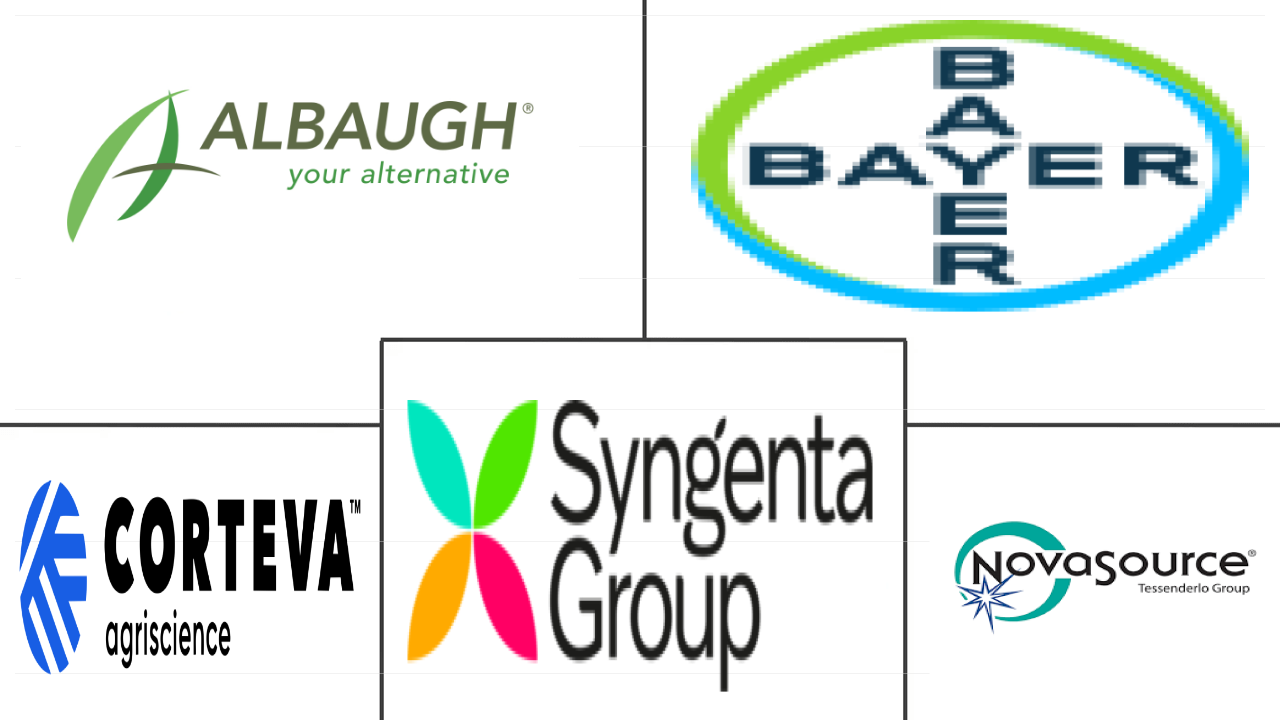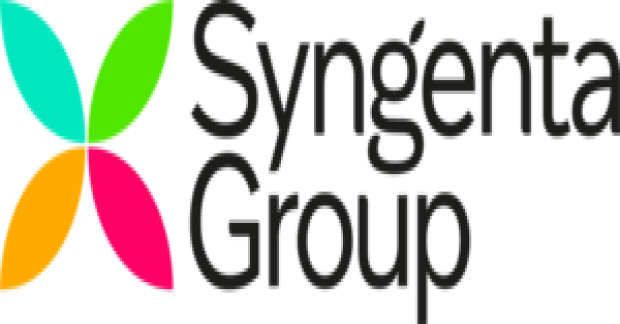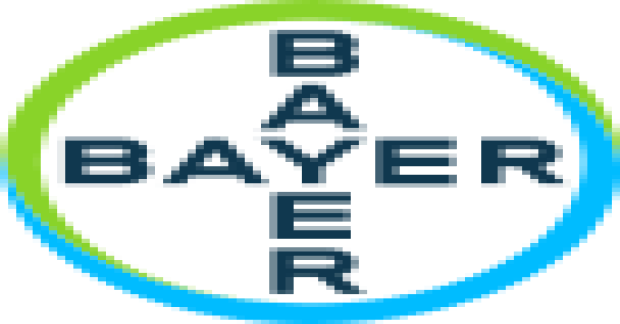Market Size of europe nematicide Industry
| Icons | Lable | Value |
|---|---|---|
|
|
Study Period | 2017 - 2029 |
|
|
Market Size (2024) | USD 370.36 Million |
|
|
Market Size (2029) | USD 436.15 Million |
|
|
Largest Share by Application Mode | Soil Treatment |
|
|
CAGR (2024 - 2029) | 3.32 % |
|
|
Largest Share by Country | France |
Major Players |
||

|
||
|
*Disclaimer: Major Players sorted in no particular order |
Europe Nematicide Market Analysis
The Europe Nematicide Market size is estimated at 370.36 million USD in 2024, and is expected to reach 436.15 million USD by 2029, growing at a CAGR of 3.32% during the forecast period (2024-2029).
370.36 Million
Market Size in 2024 (USD)
436.15 Million
Market Size in 2029 (USD)
-0.41 %
CAGR (2017-2023)
3.32 %
CAGR (2024-2029)
Largest Segment by Application Mode
68.52 %
value share, Soil Treatment, 2023
Nematicide soil treatment application at pre-planting or post-planting will effectively control the soil-borne nematodes in major crops like cereals, fruits, and vegetables.
Largest Segment by Crop Type
60.29 %
value share, Grains & Cereals, 2023
No-tillage and monoculture practices in European countries proliferate the nematode population in grain and cereal crops, emphasizing the nematicite's necessity in these crops.
Largest Segment By Country
17.46 %
value share, France, 2023
The rise in crop damage by nematodes like root-knot nematodes, cyst nematodes in various crops, and higher cultivation areas of the country increased the nematicides utilization.
Leading Market Player 1
43.38 %
market share, Syngenta Group, 2022

Syngenta invests more in extending its product portfolio by adding new products like VICTRATO seed treatment and TYMIRIUM technology to reach the farmer's needs across various crops.
Leading Market Player 2
24.03 %
market share, Bayer AG, 2022

Bayer's acquisition of Monsanto helped the company extend its crop protection chemicals product portfolio, which increased the company's strength in the market.
Soil application dominated the market exposing non-target organisms due to its benefits like protecting beneficial insects and pollinators
- Nematodes that feed on plant parts are called plant parasitic nematodes (PPNs). In Europe, the most damaging plant parasitic nematodes are cyst nematodes, root-lesion nematodes, root-knot nematodes (RKNs), stem and bulb nematodes, citrus nematodes, and virus vector nematodes. Symptoms associated with this nematode infection are similar to those caused by impaired root growth and function. Therefore, they may resemble abiotic stress like drought and nutritional deficiencies, as well as biotic factors like stem and root rots. General symptoms from nematodes include yellowing, stunting, and wilting, accompanied by a yield decline.
- Compared to other application methods, such as foliar application, soil application of nematodes generally poses fewer risks of exposing non-target organisms, including beneficial insects and pollinators. This is because the nematicide remains primarily in the soil, where the target nematodes reside. Owing to this, soil application dominated the market with a share of 68.4% in 2022.
- Foliar applications accounted for 11.8% of the European nematicide market in 2022. The purpose of the foliar application is to control the infestation of inflorescence and leaves by nematodes such as Anguina tritici, also known as seed gall disease-causing nematodes, which are present in cereals such as wheat. The foliar application was effective against the nematodes due to the use of active ingredients like methyl bromide, oxamyl, and parathion.
- The increase in crop losses due to nematode infestation is increasing every year and acting as a major concern for farmers, thus encouraging them to use nematicides to protect crops. The market is anticipated to record a CAGR of 3.4% during the forecast period.
The expansion of agriculture and the increasing awareness of nematode-related crop damage are driving the growth of the segment
- Europe is experiencing growth across all the countries in the nematicide market. France has a significant agricultural sector with diverse crop production. The country cultivates a wide range of crops, including grains, oilseeds, fruits, and vegetables. The importance of crop protection, including nematode control, is well-recognized in the French agricultural sector. As a result, France has been a major consumer of nematicides in Europe, contributing to its significant share in the market.
- In Russia, the expansion of agriculture, along with the increasing awareness of nematode-related crop damage, has driven the growth of the nematicide market. As farmers in the country adopt more effective nematode control measures, the demand for nematicides is increasing, resulting in Russia gaining a substantial market share, which is anticipated to record a CAGR of 2.5% during 2023-2029.
- Spain is expected to witness the fastest growth in the nematicide market compared to other countries, recording a CAGR of 3.0% during the forecast period (2023-2029). Spain has a strong agricultural sector, with a focus on high-value crops, such as fruits, vegetables, and ornamentals. These crops are particularly susceptible to nematode damage. As the cultivation of high-value crops expands in Spain, the demand for nematicides for effective nematode control is expected to rise, leading to growth in the market.
- Considering factors such as the expansion of high-value crop cultivation, rising awareness of nematode-related crop damage, and the rising focus on the adoption of advanced agricultural practices, the demand for nematicides as an effective solution for nematode control is expected to increase in European agriculture.
